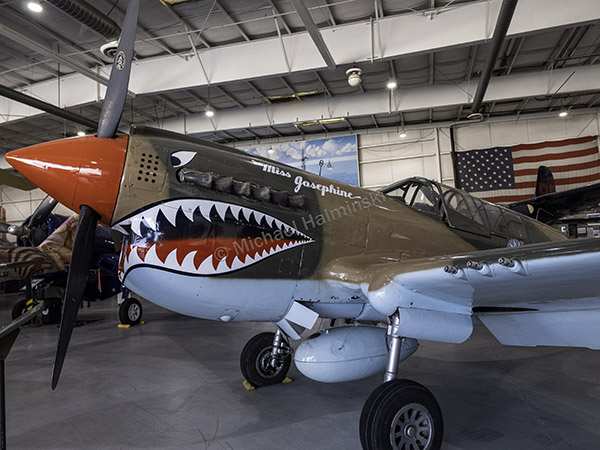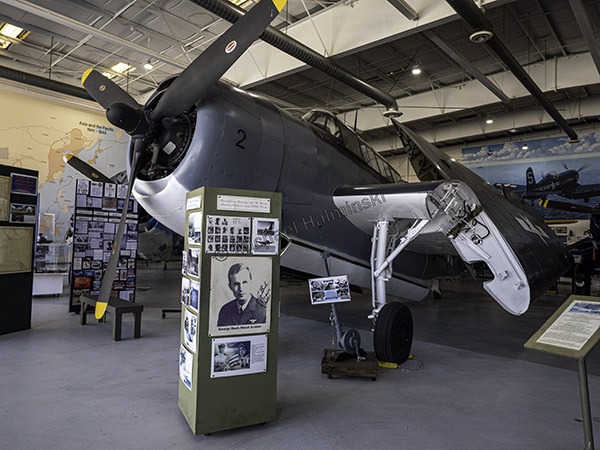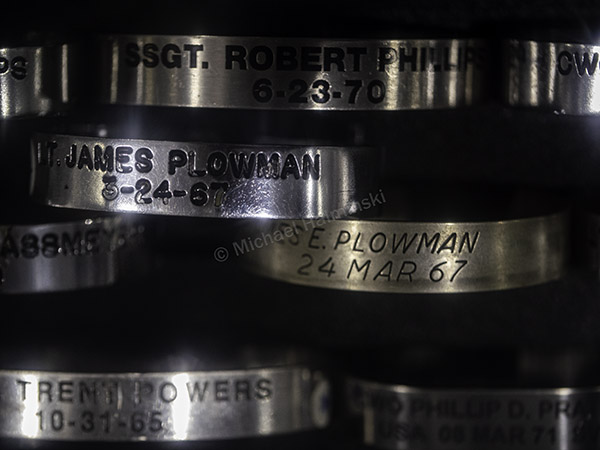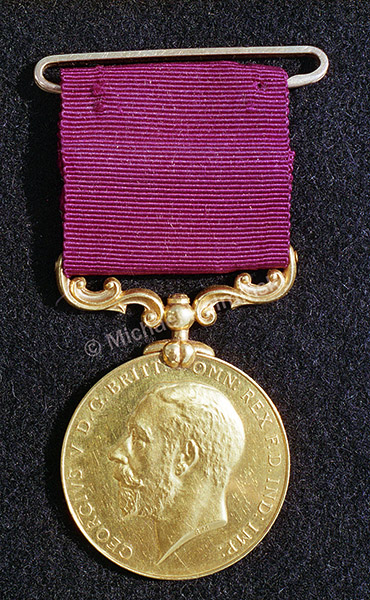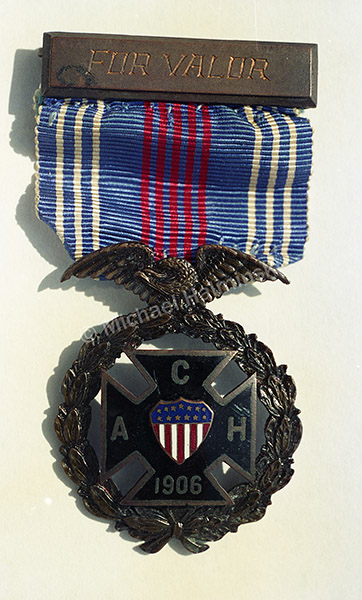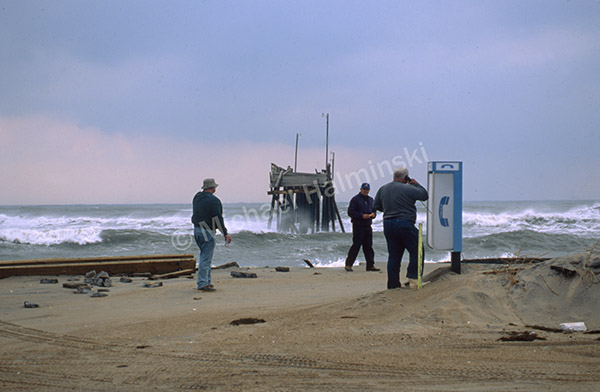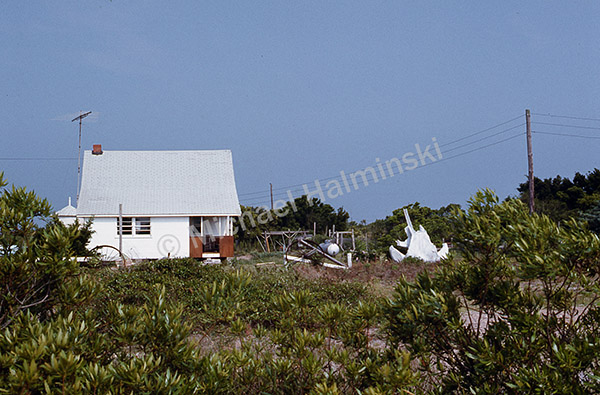Dad was a career Navy officer so my family flew military transport to various bases overseas. At 7 years old, I remember flying a DC-4 (or something similar) to Newfoundland. A few years later, we were on long round trip flights to and from the island of Guam on a (MATS) Lockheed Constellation. Ever since, I’ve had a fascination for airplanes.
On a west coast trip recently, we visited the Palm Springs Air Museum in California, where there was plenty to see.
Highlights for me included a replica Memphis Belle used in filming the 1990 movie of the same name.
The B-17 is powered by 4 nine-cylinder air-cooled radial engines. This bomber is undergoing extensive maintenance to be flown again for a living history experience.
Who wouldn’t love the graphics on this P-40 Warhawk Fighter?
During World War II at 18 years old, our 41st President flew and bailed out of a TBM Avenger like this one.
Of personal interest was the museum’s extensive collection of POW/MIA Vietnam era bracelets. During that war, my brother-in-law flew as a navigator aboard an A-6A Intruder off the USS Kitty Hawk. Returning from a mission over North Vietnam, Jim and his pilot were lost and listed MIA. After years of searching, remains were located and verified through DNA testing. 2006 he was brought home and buried with full military honors at Arlington National Cemetery.
It was emotional to see 2 bracelets with Jim’s name and missing-in-action date. My family wore these for years in hopes of his coming home alive. He was 23 years old and the loss changed our family dynamic forever.



